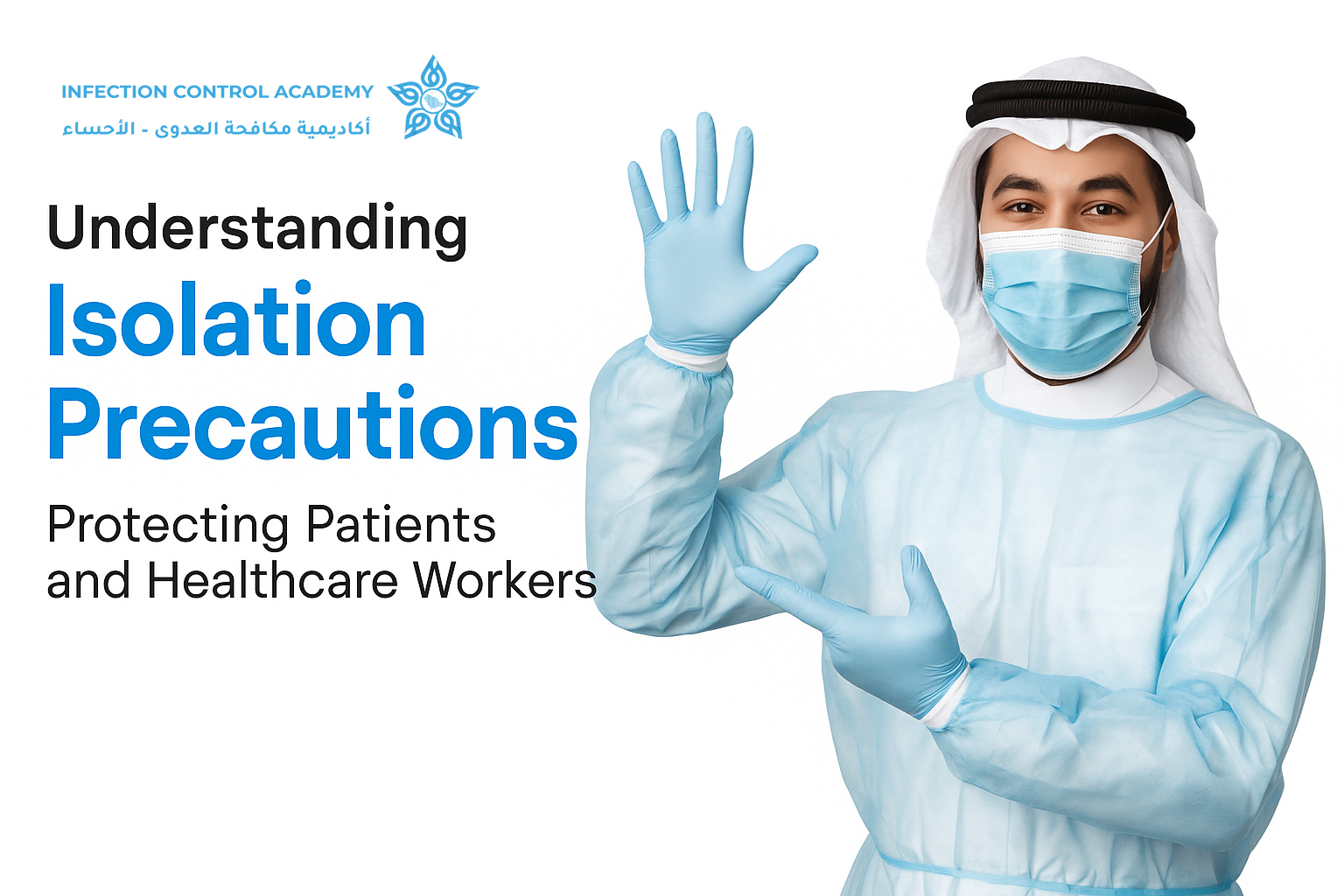Introduction
Infection prevention is a critical aspect of patient safety, and one of the key strategies used in healthcare settings is isolation precautions. These procedures are designed to prevent the spread of infectious agents between patients, visitors, and staff. In this article, we’ll explore what isolation precautions are, why they matter, and how they’re implemented in healthcare facilities.
What Are Isolation Precautions?
Isolation precautions are practices used to reduce the risk of transmission of contagious diseases. These precautions are applied based on how a specific infection spreads:
-
Contact Precautions – For infections spread by direct touch (e.g., MRSA).
-
Droplet Precautions – For illnesses transmitted via respiratory droplets (e.g., influenza).
-
Airborne Precautions – For airborne diseases (e.g., tuberculosis, COVID-19).
Why Are They Important?
Isolation helps:
-
Protect vulnerable patients from acquiring infections.
-
Shield healthcare workers from exposure to dangerous pathogens.
-
Prevent outbreaks within hospitals or care facilities.
Without strict adherence to these precautions, infections can spread rapidly and put entire wards or departments at risk.
Key Components of Isolation Precautions
-
Personal Protective Equipment (PPE): Use of gowns, gloves, masks, and face shields as needed.
-
Patient Placement: Keeping infected patients in single rooms or with others with the same infection.
-
Hand Hygiene: Before and after any patient contact.
-
Environmental Controls: Regular cleaning and disinfection of all surfaces and equipment.
Training and Compliance
Healthcare workers must be trained regularly on the correct use of isolation protocols. Even a small mistake—like not removing gloves properly—can lead to contamination. Regular audits and reminders can reinforce compliance.
Conclusion
Isolation precautions are not just about rules—they’re about saving lives. When healthcare professionals follow these guidelines with consistency and care, they create a safer environment for everyone. Whether you’re a seasoned nurse or a new trainee, always remember: prevention starts with you.


